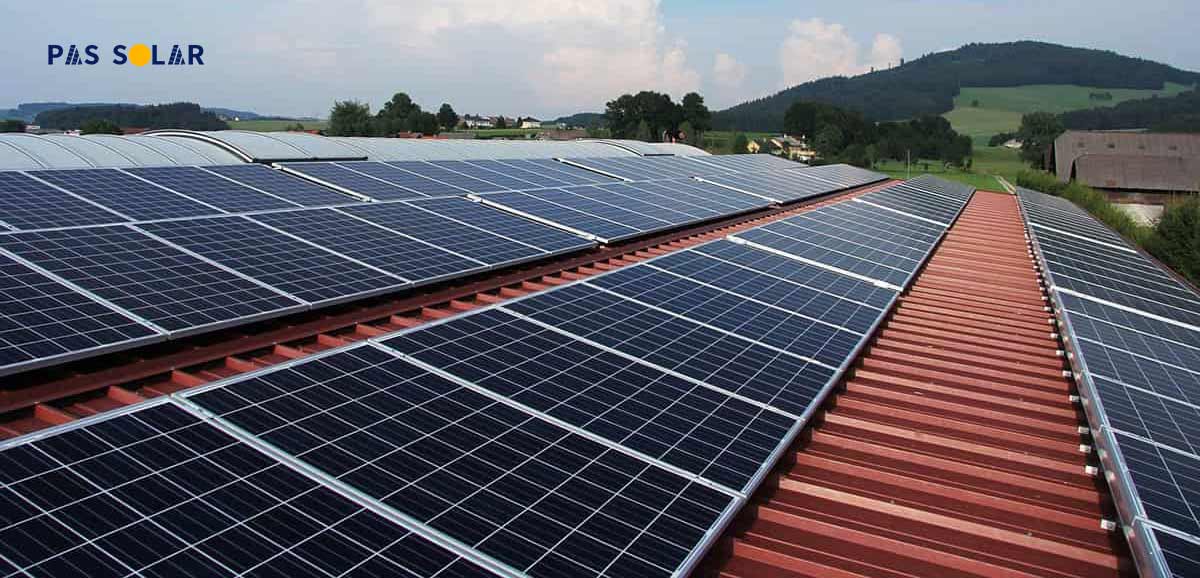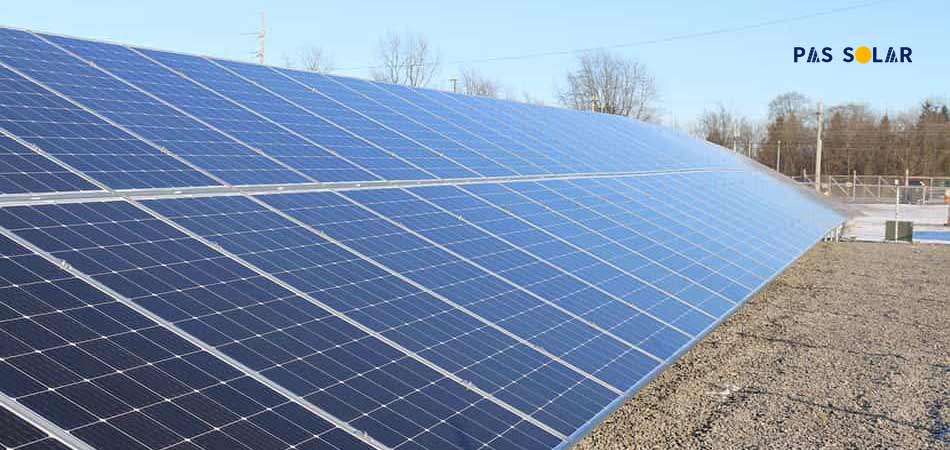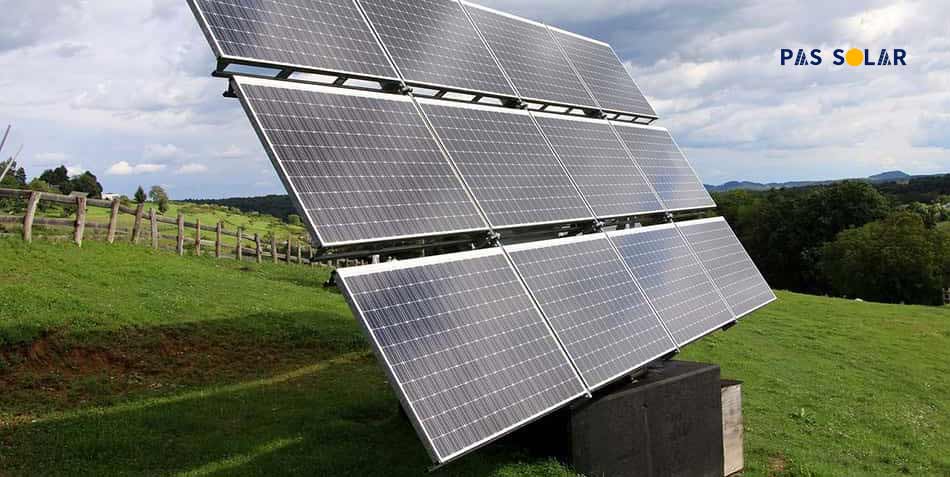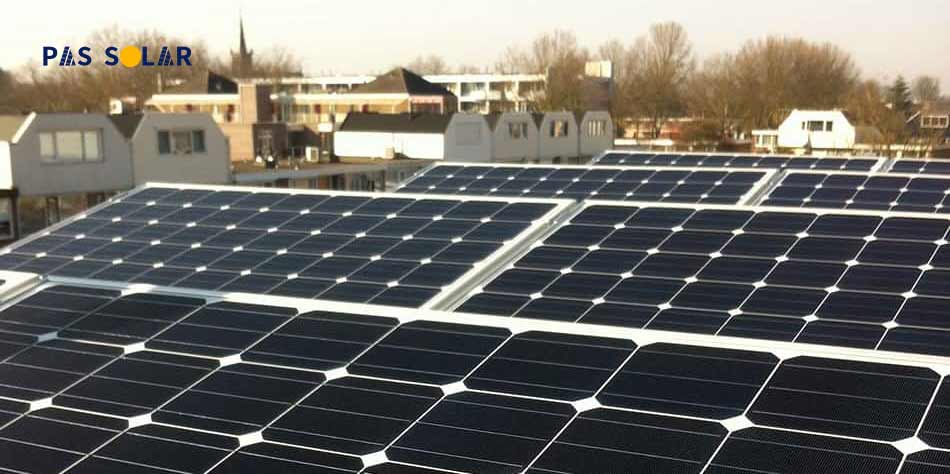Various terms and qualifications are associated with solar panel in Dubai specifications. Figuring out what the specs mean is important because they can be quite confusing. We are going to explain each of the specifications of a solar panel to help clarify these concepts for you.
How to understand solar panel specifications
Our solar equipment shop has come up with this article to help you understand these terms better. Here is a list of some of the most important solar panel specifications explained to you.
Standard Test Conditions (STC)
STC is the set of criteria against which a solar panel is tested and is one of the solar panel specifications you’re going to come across while reading a datasheet. Since current and voltage change depending on temperature and light intensity, among other things, all solar panels are tested under the same standard test conditions.
This includes cell temperature of 25° (77°), the light intensity of 1000 watts per square meter, which is the sun at noon, and atmospheric density of 1.5, or the angle of the sun directly at 90° to the solar panel at 150 meters above sea level.
Cell Normal Operating Temperature (NOCT)
I don’t know about you, but I have been on a roof during the summer and I can assure you that the cells of the solar panels are not 77°. They get much hotter in the sun, more than 100°.
NOCT takes a more realistic view of actual real-world conditions and gives you power ratings that you are likely to see in your solar system. Instead of 1000 watts per square meter, it uses 800 watts per square meter, and that is closer to a sunny day with some clouds.
It uses 20° (68°) air temperature, not solar cell temperature, and includes a 2.24 MPH wind chilling the back of a ground-mounted solar panel. These ratings are lower than STC yet more realistic.
Open Circuit Voltage (Voc)
This amount refers to the number of volts that the solar panel produces without load. If you just measure with a voltmeter across the positive and negative leads, it will read Voc. Since the solar panel is not connected to anything, it has no charge and produces no current.
This is one of the most important solar panel specifications, as it is the highest voltage the solar panel can generate under standard test conditions. So, this is the number you should look at when determining how many solar panels you can link in series to your inverter.
Short Circuit Current (ISC)
Short circuit current is how many amps solar panels produce when not connected to a load, but when the panel’s positive and negative wires are directly connected. This is the highest current that solar panels will generate under normal test conditions.
When determining how many amps a connected device such as a solar charge controller or inverter can handle, the ISC which you can find in a solar panel specification booklet is used, typically multiplied by 1.25 for 80% of National Electrical Code (NEC) requirements.
Maximum PowerPoint (Pmax)
The Pmax is the ideal point of solar panel output. This is where the combination of volts and amps results in the highest power (volts x amps = watts).
When using the PowerPoint Peak Tracking (MPPT) inverter or charge controller, this is the point at which the MPPT electronics attempt to maintain volts and amps to maximize power output. The wattage listed on a solar panel is the Pmax where Pmax = Vmpp x Impp and is among the most important solar panel specifications.
Maximum PowerPoint Voltage (Vmpp)
The Vmpp is the voltage when the output power is at its highest. This is the voltage you want to get when connected to MPPT solar components under the standard test conditions.
PowerPoint Peak Current (Impp)
The Impp is the current (amps) when the power output is the at the most. This is the actual amperage you want to see when connected to MPPT solar equipment under standard test conditions, and is important to know if you want to understand solar panel specifications.
Voltage Rating
The nominal voltage is what confuses a lot of people. It is not an actual voltage that you are going to measure. Rated voltage is a category.
Voltage ratings let people know which pieces of equipment go together. A 12V solar panel is connected to a 12V charge controller, a 12V inverter, and a 12V battery bank.
It starts to get tricky when you move away from battery-based solar systems and the 12V boosts are no longer needed. Grid-tied solar panels with 60 cells are often referred to as 20V-rated panels, such as the Longi solar panels Dubai.
Their voltage is too high to charge a 12V battery bank with a typical charge controller, but too low a voltage to charge a 24V battery system. MPPT charge controllers can change the voltage output to allow their use in a battery system.
Before buying a solar panel, it would be a wise choice to study its datasheet, but in order to do that you need to be familiar with the terms used in solar panel for home specifications. We hope this article helped you understand solar panel specifications.






